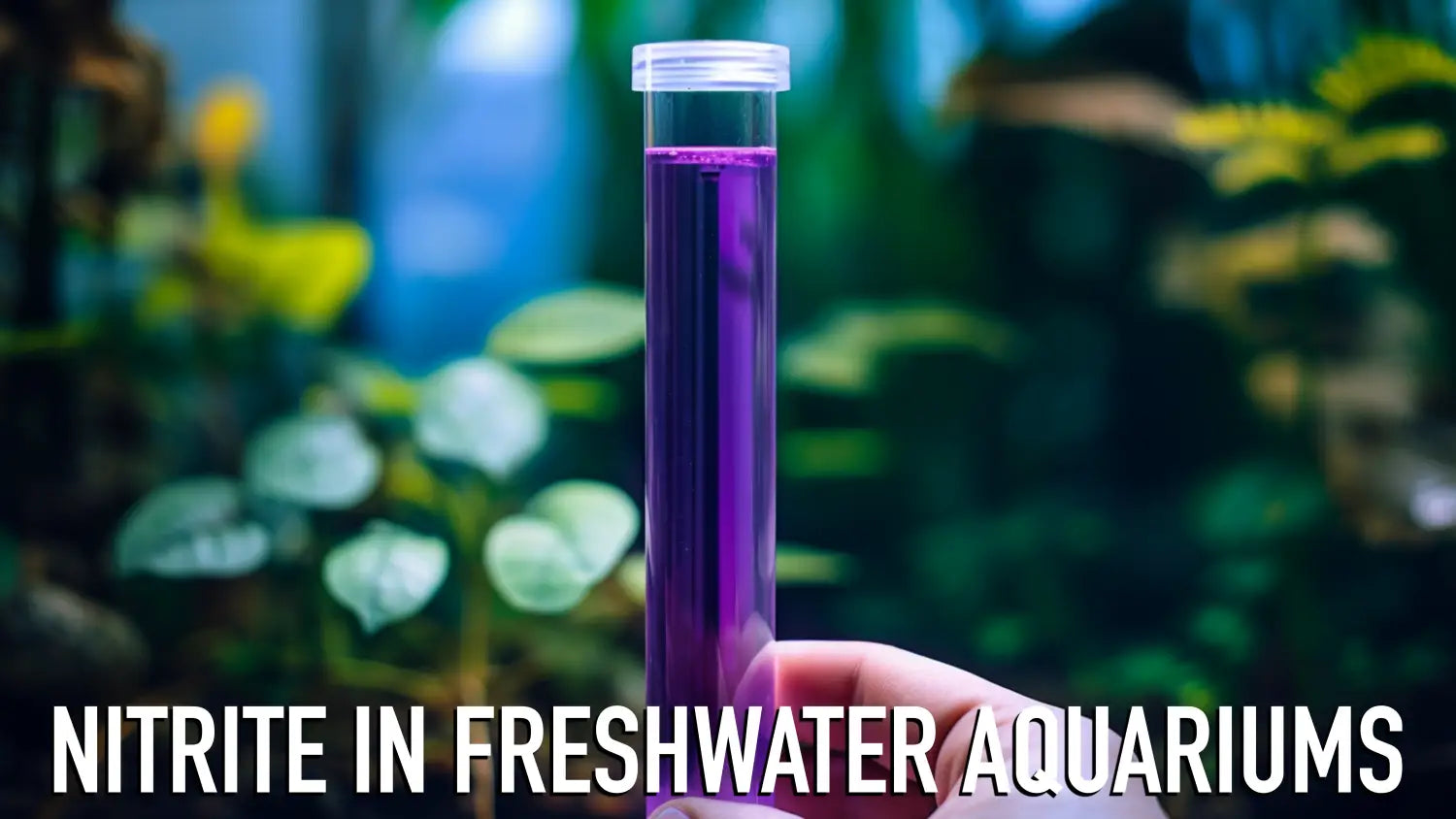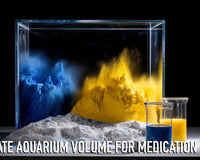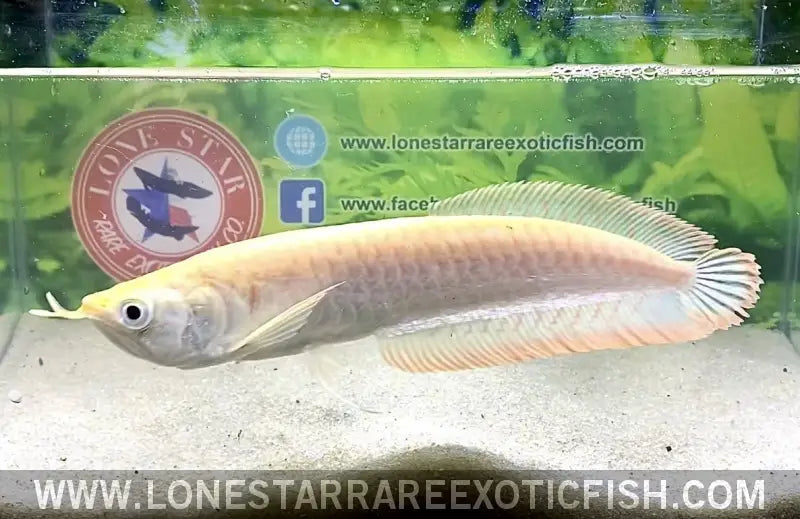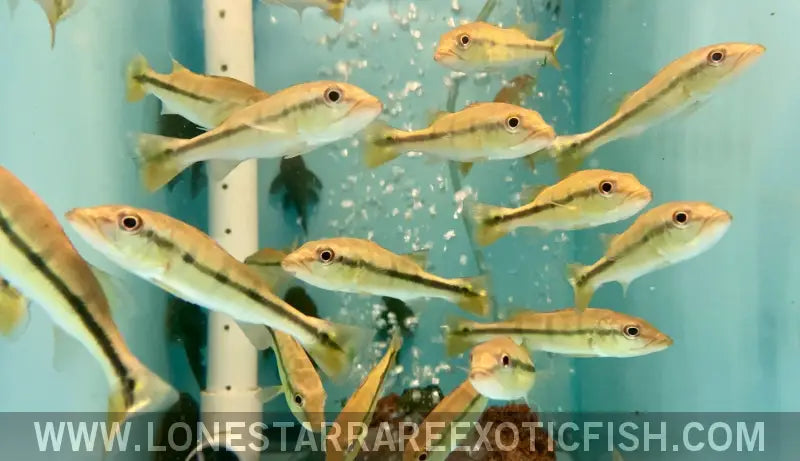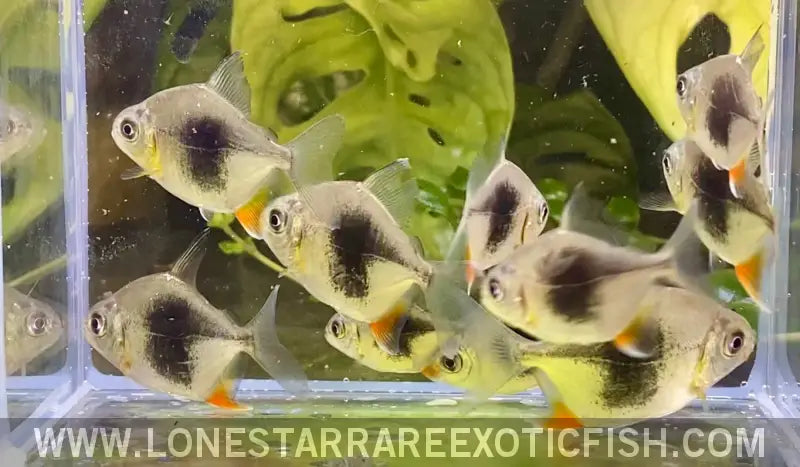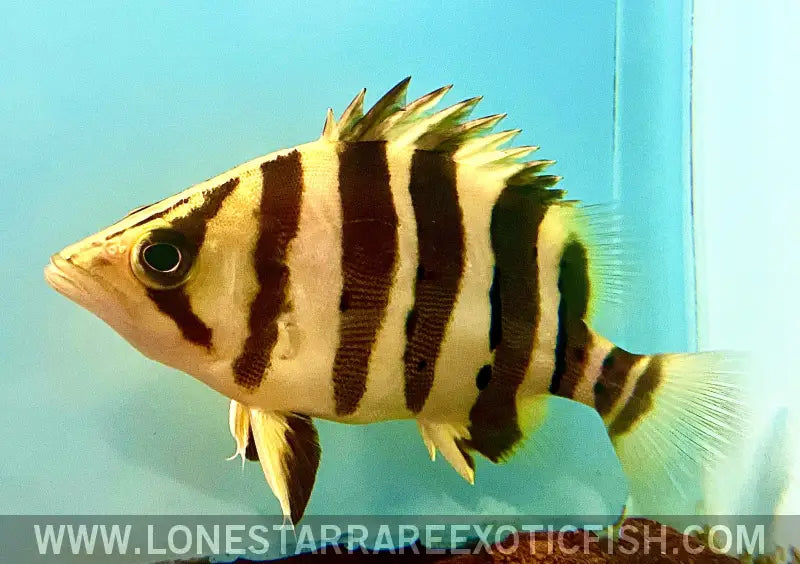As one progresses deeper into the world of freshwater aquarium keeping, the importance of water quality parameters becomes abundantly clear. Among these, nitrite stands out as a critical component. Understanding its sources, implications, and control measures is essential for maintaining a healthy aquatic environment.
Unraveling the Origins of Nitrite
- The Nitrogen Cycle: The production of nitrite in aquariums can be attributed to the nitrogen cycle, a fundamental biological process that helps in managing waste products. As fish excrete waste in the form of ammonia, beneficial bacteria known as Nitrosomonas oxidize this ammonia, converting it into nitrite.
- Decomposition: Like ammonia, decomposing organic matter, such as uneaten food, plant debris, and dead organisms, can also produce nitrite as a byproduct.
Nitrite’s Adverse Effects on Fish
Though nitrite is less toxic than ammonia, it's far from harmless:
- Oxygen Transport Interference: Nitrite can enter a fish's bloodstream and bind to the hemoglobin, the molecule responsible for carrying oxygen. This results in a condition known as 'methemoglobinemia,' where the fish’s blood has reduced capacity to transport oxygen.
- Physical Symptoms: Signs of nitrite poisoning in fish include labored breathing, lethargy, discolored gills (often brownish or dark purple), and a reduced appetite. In severe cases, fish may be seen swimming erratically or hovering near the water's surface.
- Weakened Immune System: Chronic exposure to nitrite can weaken the immune defenses of fish, making them more vulnerable to illnesses and infections.
- Mortality: At high concentrations and prolonged exposure, nitrite can lead to fish fatalities.
Monitoring Nitrite Levels
- Test Kits: Aquarium-specific nitrite test kits are indispensable tools. These kits are simple to use and provide a visual indicator, often through a color change, of the nitrite concentration in the water.
- Regular Observation: Keeping a vigilant eye on fish behavior and appearance can act as an early detection system for rising nitrite levels.
Managing and Mitigating Nitrite
- Foster the Nitrogen Cycle: The presence of another set of beneficial bacteria, Nitrobacter, aids in converting nitrite to the much less toxic nitrate. Ensuring a thriving bacterial colony is therefore paramount.
- Regular Water Changes: Refreshing about 20-30% of the aquarium water with dechlorinated water weekly can help lower nitrite concentrations.
- Limit Overfeeding: Providing just enough food that fish can consume within a few minutes can prevent leftovers that decompose and contribute to nitrite levels.
- Effective Filtration: A good quality biological filter not only traps debris but also provides a medium for beneficial bacteria to colonize and thrive.
- Use of Nitrite Absorbing Resins: Certain commercial products can absorb nitrite directly from the water, acting as a temporary solution during spikes.
Preventing Nitrite Peaks
- Tank Cycling: Before introducing fish, new aquariums should undergo a cycling process, allowing beneficial bacteria to establish themselves. This ensures that the biological machinery needed to convert nitrite to nitrate is active.
- Avoid Rapid Stocking: Introducing a large number of fish into an aquarium at once can overwhelm the biological balance, leading to nitrite surges. Gradual acclimation is recommended.
- Maintain Plant Health: Aquatic plants can absorb nitrite. Keeping them healthy can indirectly help control nitrite levels.
Conclusion
Nitrite, while a natural byproduct of the biological processes in an aquarium, poses a significant threat to fish health if left unchecked. Through understanding, observation, and proactive management, aquarists can ensure that nitrite levels remain under control, paving the way for a flourishing and vibrant aquatic environment.

